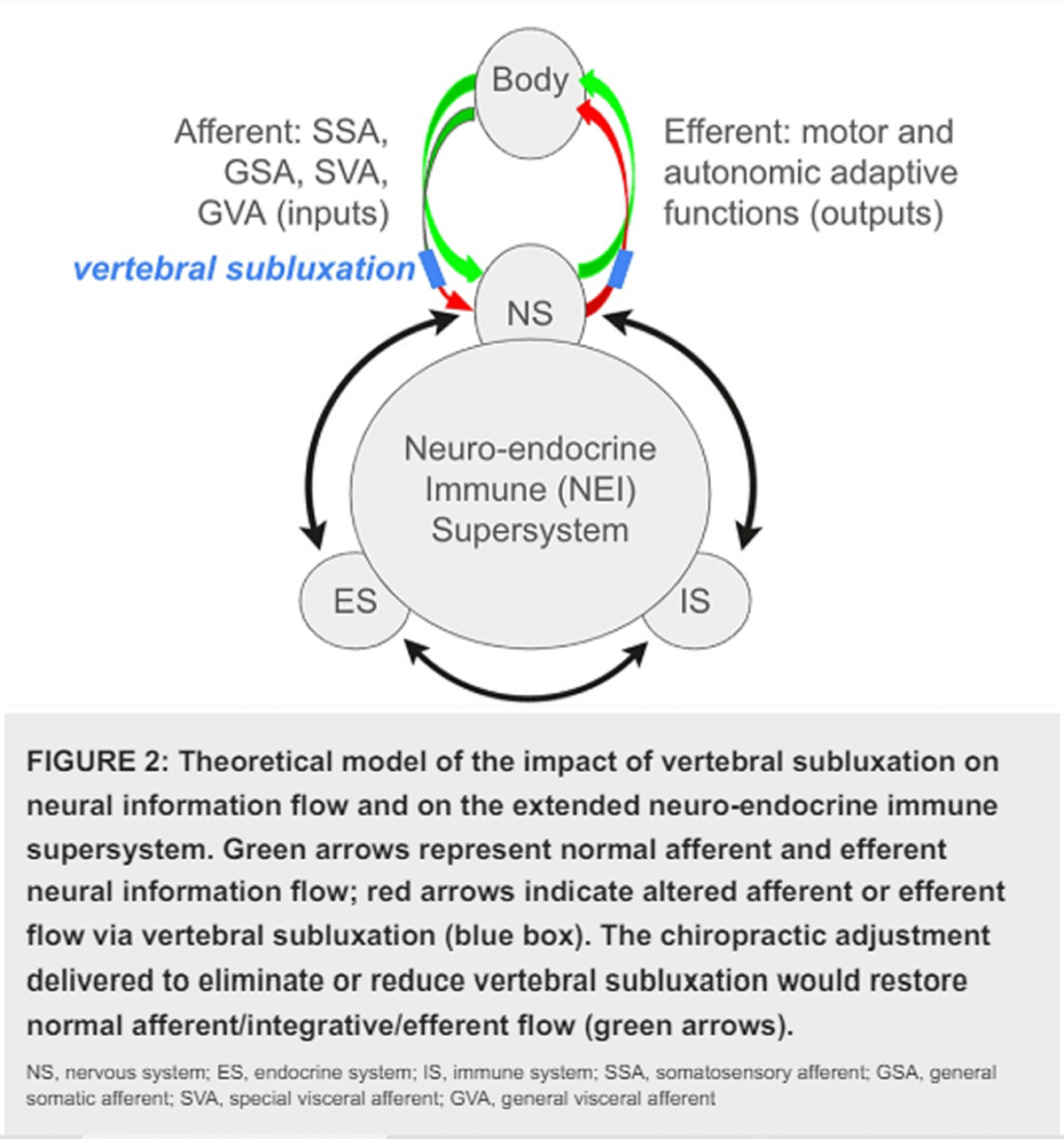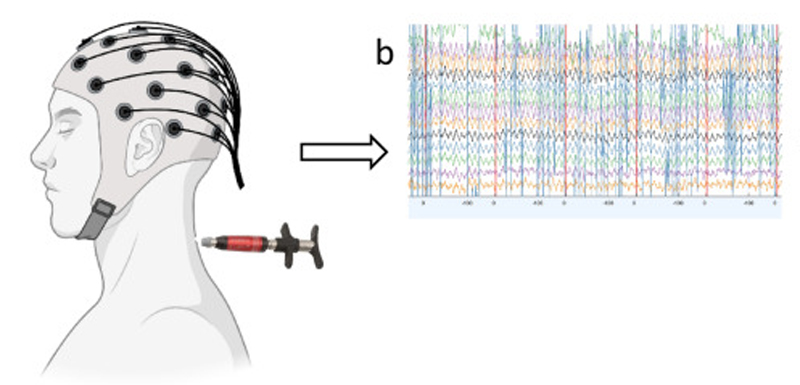Neuroconceptual Models of Chiropractic
We would all like to thank Dr. Richard C. Schafer, DC, PhD, FICC for his lifetime commitment to the profession. In the future we will continue to add materials from RC’s copyrighted books for your use.
This is Chapter 5 from RC’s best-selling book:
“Basic Principles of Chiropractic Neuroscience”
These materials are provided as a service to our profession. There is no charge for individuals to copy and file these materials. However, they cannot be sold or used in any group or commercial venture without written permission from ACAPress.
Chapter 5: NEUROCONCEPTUAL MODELS OF CHIROPRACTIC
by Gary C. Johnson, DC
This chapter offers a review of the highlights of preceding chapters that concern subluxation syndromes and forms a foundation of thought for following chapters.
INTRODUCTION: EXPLANATION OF CONCEPTUAL MODELS
Conceptual models are collections of ideas, principles, facts, philosophy, and experiences setting our attitudes and directing our behavior. Ideas and principles include hypotheses and theories (whether right or wrong) that generate new attitudes and behavior, the spirit of invention, and the accessibility to important facts.
Scientific facts and our philosophical hierarchy of importance (priority) provide selective (choice) groupings of knowledge and thoughts, comfortably placed in support of our experiences. How we perceive what we do, why we do it, why the results, and how the results occur set attitudes and practice activities and change our minds and activities as new concepts are developed and tested.
CLASSIC CONCEPTS OF THE CHIROPRACTIC SUBLUXATION
The structural spinal fault, the associated nerve involvement, and the ensuing functional alterations comprise classic chiropractic subluxation concepts. In contrast, limited concepts of spinal biomechanical faults, modes of possible nerve involvement, and etiologic rationales of functional changes promote narrow viewpoints, disciplines, and therapeutic approaches, as well as foster empiricism and dogma. Awareness of the varied concepts of structural lesions, neuroinsults, and the causes of abnormal functional changes promotes wider perspective for intuitive practices, multifaceted observations, and fewer practices with reliance on empiricism that is dictated by dogmatic frameworks.
To illustrate the variations of concepts on structural spinal faults, the term subluxation can be defined in the areas of static juxtapositions of vertebrae (eg, lateral flexion subluxation, rotation subluxation, anterolisthesis subluxation, etc). Another category is spinal “dyskinesia” with all its potential faults (eg, fixation, altered range of motion, hypermobility, etc). The focal points of structural stress in different postural attitudes can be considered as subluxations or they may produce structural compensations that manifest as subluxations.
The multiple concepts of possible nerve involvement include the subluxation as an intrinsic source of irritation (excitation), a source of impulse generation, a source of interference in impulse conduction, a source of segmental neuronal pool facilitation, and a source of impedance of axoplasmic flow. In the following sections of this chapter, facts and ideas will be presented to support the development of the many conceptual models possible for the “chiropractic subluxation.”
The Stimulus Response Phenomenon
| Review the complete Chapter (including sketches and Tables) at the ACAPress website |





[…] to restore overall function as well as decrease pain. This is done by chiropractic adjustments of subluxations primarily and most importantly. But progress and prevention of future problems can be greatly […]